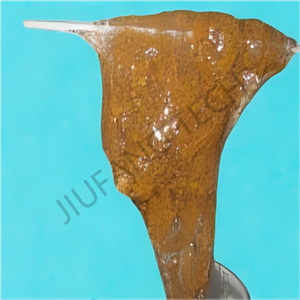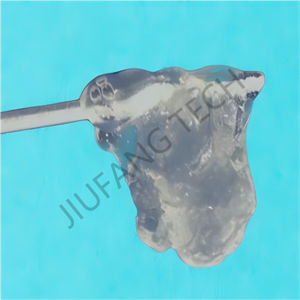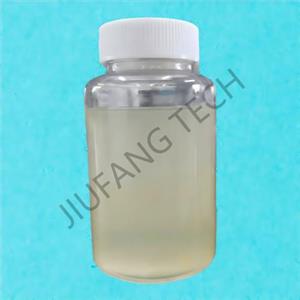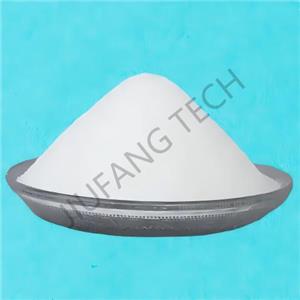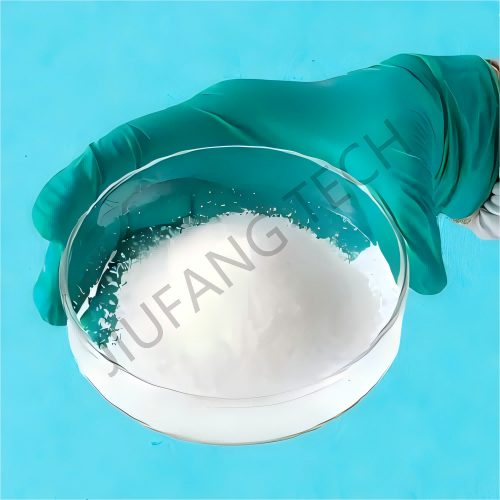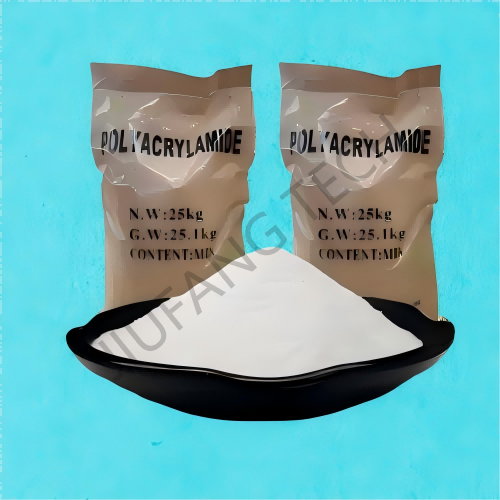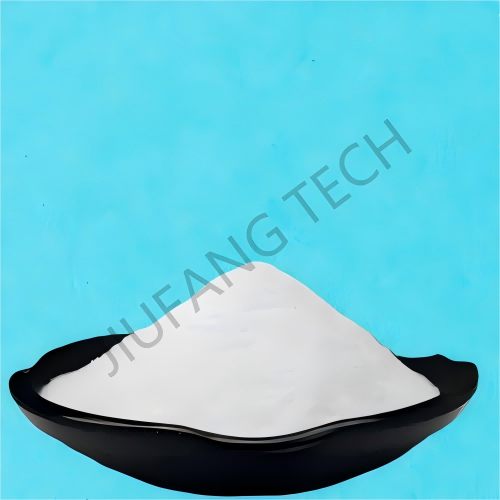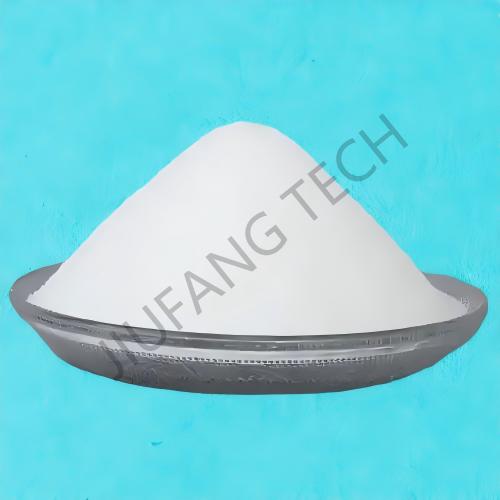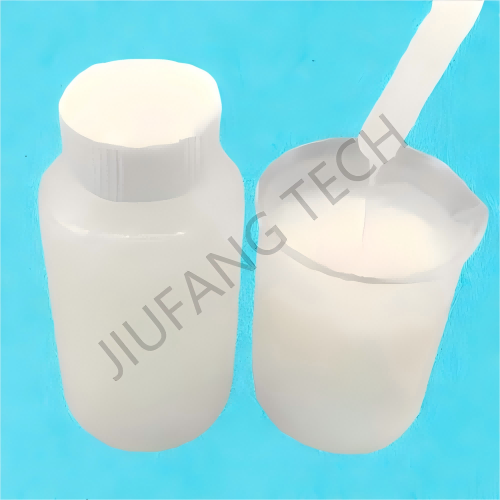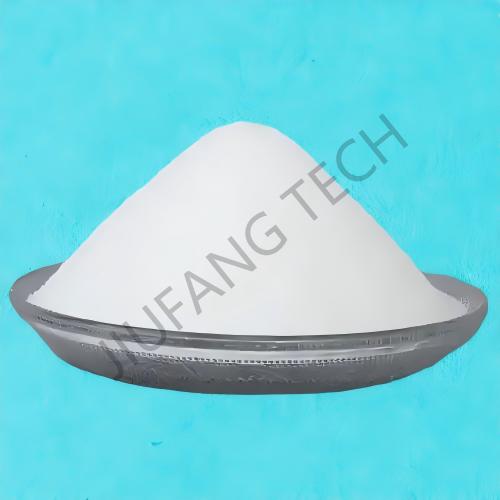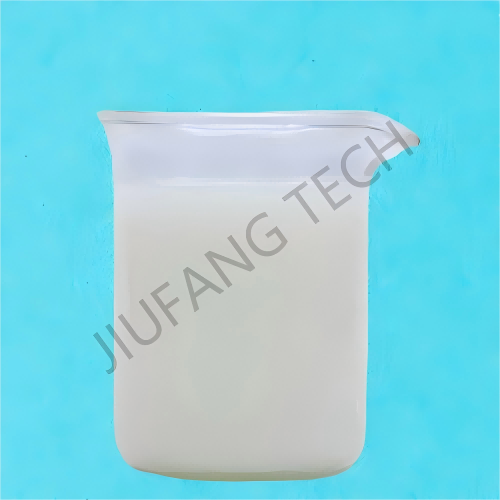
Anionic Polyacrylamide Powder For Wastewater Treatment
Brand Jiufang
Product origin Shenyang
Delivery time Lead time: 7days
Supply capacity 2000Metric Tons per Month
1.polymer anionic could be used for industrial and domestic water treatment.
2.Anionic polyacrylamide for wastewater could be used for oily sludge treatment.
3.PAM water treatment could be used for sewage and wastewater treatment.
Download
There are many kinds of polymer anionic for water treatment, the difference of polymer anionic lie in its molecular weight and anionic degree.
Polyacrylamide solid chemicals are always used for produced water treatment and oily sludge treatment.
Anionic polyacrylamide for wastewater is a chemical additive widely used in plants and oil field.
Anionic polyacrylamide for wastewater in industrial water is a powdery substance made from acrylamide after anionization treatment.
The chemical formula of polymer anionic is (C3H5NO)n and PAM water treatment appearance is white powder.
The content of polyacrylamide solid chemicals is 90% and the molecular weight is 8~9, the density (25°C) is 0.75g/cm3, and the pH value (1 % aqueous solution) is 6~8.
Controlling the dosage of anionic polyacrylamide (APAM) powder in sewage pretreatment requires a combination of water quality characteristics, treatment processes, and equipment conditions, and precise dosing should be achieved through scientific experiments and dynamic monitoring. The control of the dosage of anionic polyacrylamide powder should follow a closed - loop process of "analysis - experiment - verification - monitoring - adjustment". Through accurate calculation and dynamic adjustment, cost optimization can be achieved while ensuring the treatment effect. The key lies in selecting a suitable model according to water quality characteristics, using automated technology to deal with water quality fluctuations, and at the same time avoiding a decline in treatment effect and cost waste caused by improper operation.
The safety factor of anionic polyacrylamide (APAM) is a redundancy coefficient (usually denoted as K, where K > 1) set based on the theoretical dosage to cope with uncertainties such as water quality fluctuations, equipment errors, and environmental changes. Its core function is to ensure the stability of the treatment effect and avoid treatment failure caused by insufficient dosage. The determination of the safety factor needs to take into account the "fluctuation risks" and "cost balance" of the specific scenario.
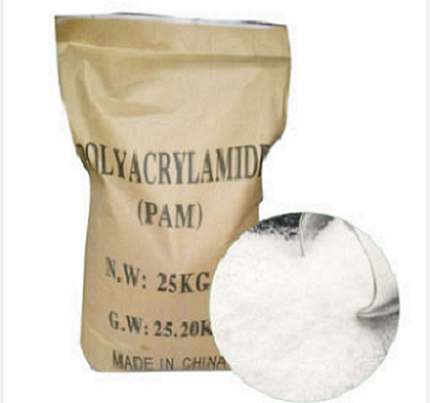
Industry-specific attributes:
| Name | PAM water treatment | |||
| Chemical Formula | (C3H5NO)n | |||
| CAS NO. | 9003-05-8 | |||
Other Attributes:
| Appearance | White Powder | |||
| Solid Content | 90% | |||
| Molecular Weight 10*6 | 16 | |||
| Density(25℃) | 0.75g/cm3 | |||
| PH Value(1% water solution) | 6~8 | |||
| Anionic Charge | 30% | |||
| Dissolving Time,min | <30 | |||
| Storage Temperature,℃ | 0~35 | |||
| Shelf Life,month | 24 | |||
Supply Ability:
| Supply Ability | 2000Metric Tons per Month | |||
Lead Time:
| Quantity(kilograms) | 1~50 | >50 | |
| Lead Time(days) | 7 | negotiated | |

